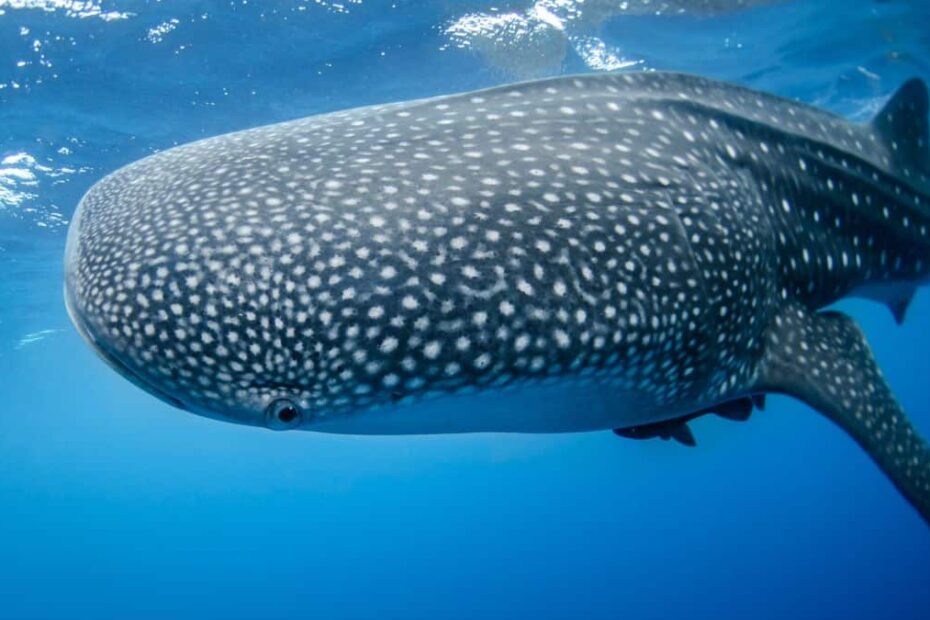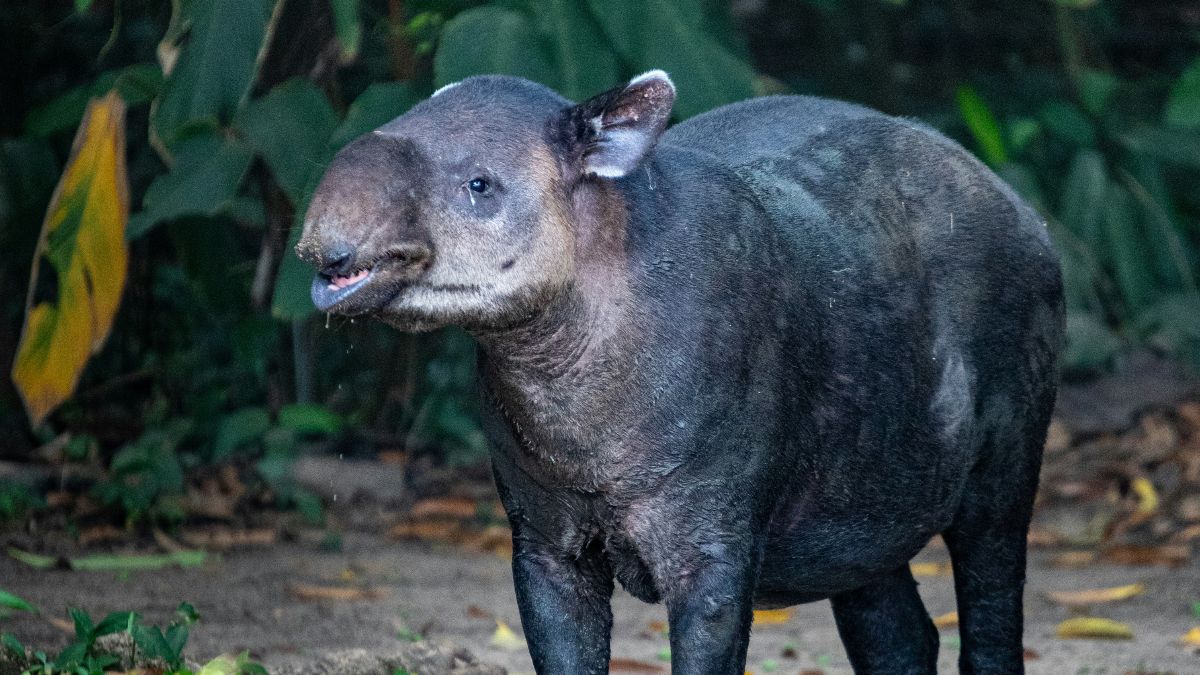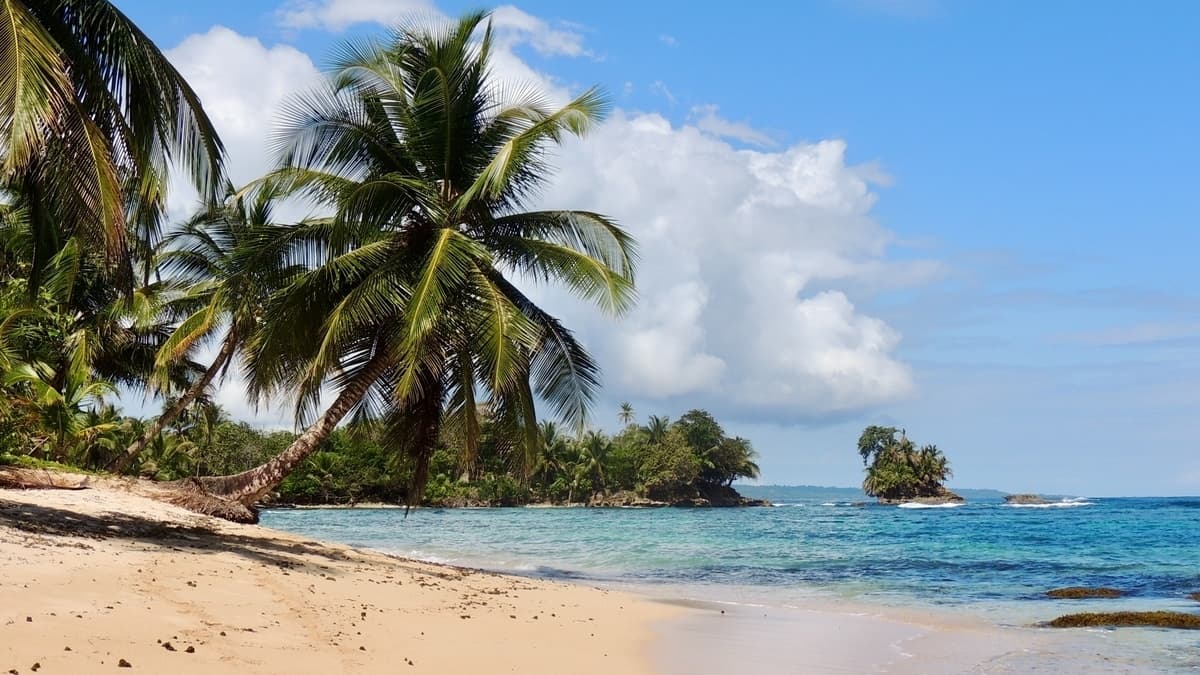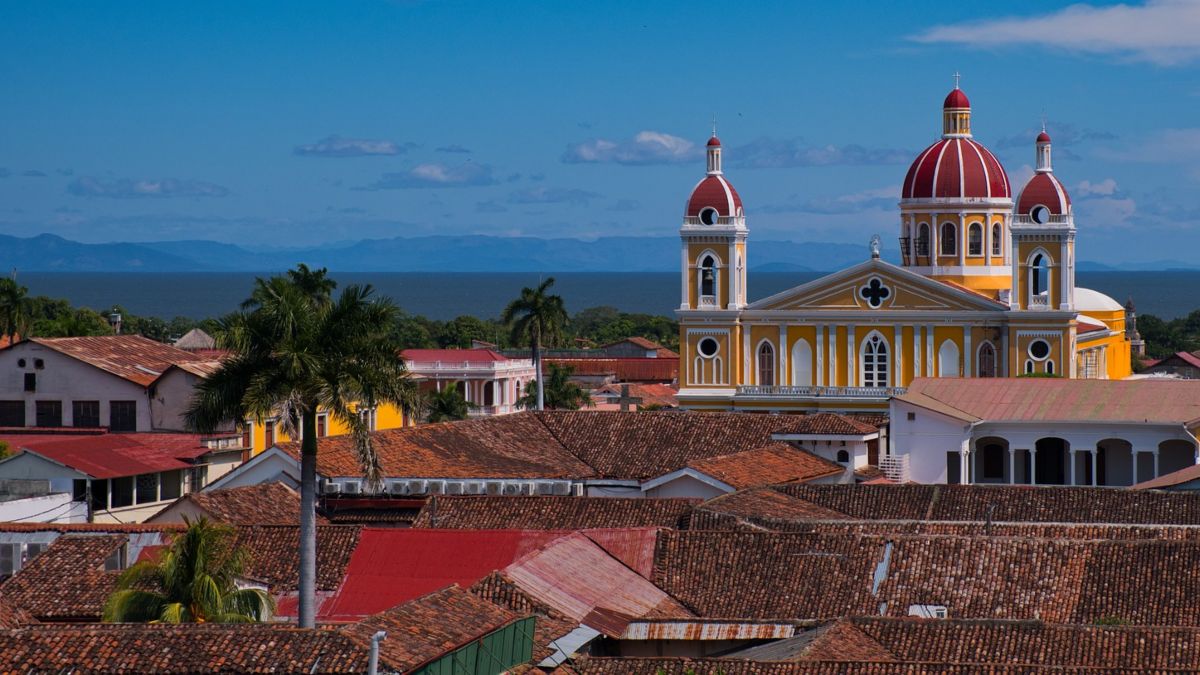As autumn and winter approach in North America and Europe, thoughts turn to next year’s vacation. In this article, Gary Peterson suggests a unique springtime adventure: Visiting and swimming with whale sharks in Belize! This article contains links to Amazon, from which, as an Amazon Associate, this website will earn a small commission if you make any purchases.
What if I told you that you could visit Belize in April or May and swim within fifteen feet of whale sharks, the largest fish in the world?
Whale sharks are common visitors during the summer months in southern Belize. However, the ideal time to swim or dive with them is in April or May, around the time of the full moon. In fact, any period between the first full moon in March and the full moon in June could work.
View this post on Instagram
You can easily book a whale shark tour from Placencia, Belize
The best chance for an encounter is at Gladden Spit, approximately 26 miles off the coast. The whale sharks return to Gladden Spit each year when the mutton and dog snappers are spawning, typically in April and May.
This annual event is a treat for whale sharks, and they come back year after year.
It’s important to note that the opportunity to snorkel and dive with these incredible animals does not guarantee a sighting, let alone an up-close encounter. Many divers have invested significant funds in this experience, only to return home without a photo.
Nonetheless, the breathtaking experience makes it worthwhile.
Whale sharks in Belize typically measure between 20 and 30 feet, although records indicate they can reach up to 40 feet. They weigh around twenty tons, and some individuals can be over 100 years old.
If you depart from Placencia, it takes roughly an hour and a half to reach the open waters. Regardless of whether you choose to dive or snorkel, you won’t catch a glimpse of the sea floor.
While some argue that snorkeling with whale sharks is less intrusive than scuba diving, the diving experience with these friendly and inquisitive creatures is equally rewarding.
View this post on Instagram
Fun fact: Despite having an average of 3,000 teeth, these sharks don’t bite; they suck in their food
Remember to adhere to your guide or dive master’s instructions and avoid touching a whale shark. Maintain a safe distance of at least 3-4 feet from the fish’s head and at least ten feet from its tail. Given their size, a swish of that tail could be painful if it connects!
A frequently asked question is whether whale sharks are endangered. The answer is a resounding yes, both in Belize and around the world.
Boats often harm whale sharks each year, and some become entangled in fishing nets. In Asia, whale shark meat and fins hold special significance and are used in traditional medicine.
While whale sharks in Belize have limited protection, the Southern Environmental Association (SEA) manages tour boats in Placencia, specifically overseeing the whale shark experiences at Gladden Spit.
View this post on Instagram
SEA will brief you on regulations before your boat departs
These regulations include no flash photography (you also require a permit from SEA for professional photography), and touching a whale shark can result in a hefty US$5,000 fine if caught.
It’s advisable to book your whale shark tour early because SEA permits only six boats in the Gladden Spit Whale Shark Zone at any given time. These specialized dive boats meet all SEA requirements and have official authorization to be there. You can’t simply hire a guide boat and set out on your own.
To book your whale shark dive in Placencia, reach out to the Seahorse Dive Shop. They’ll be happy to help you in your quest to get up close and personal with whale sharks in Belize!
Gary Peterson lives on the Placencia Peninsula, Belize, where he writes books about Central America and the Caribbean. Read more of Gary’s work on his blog.




